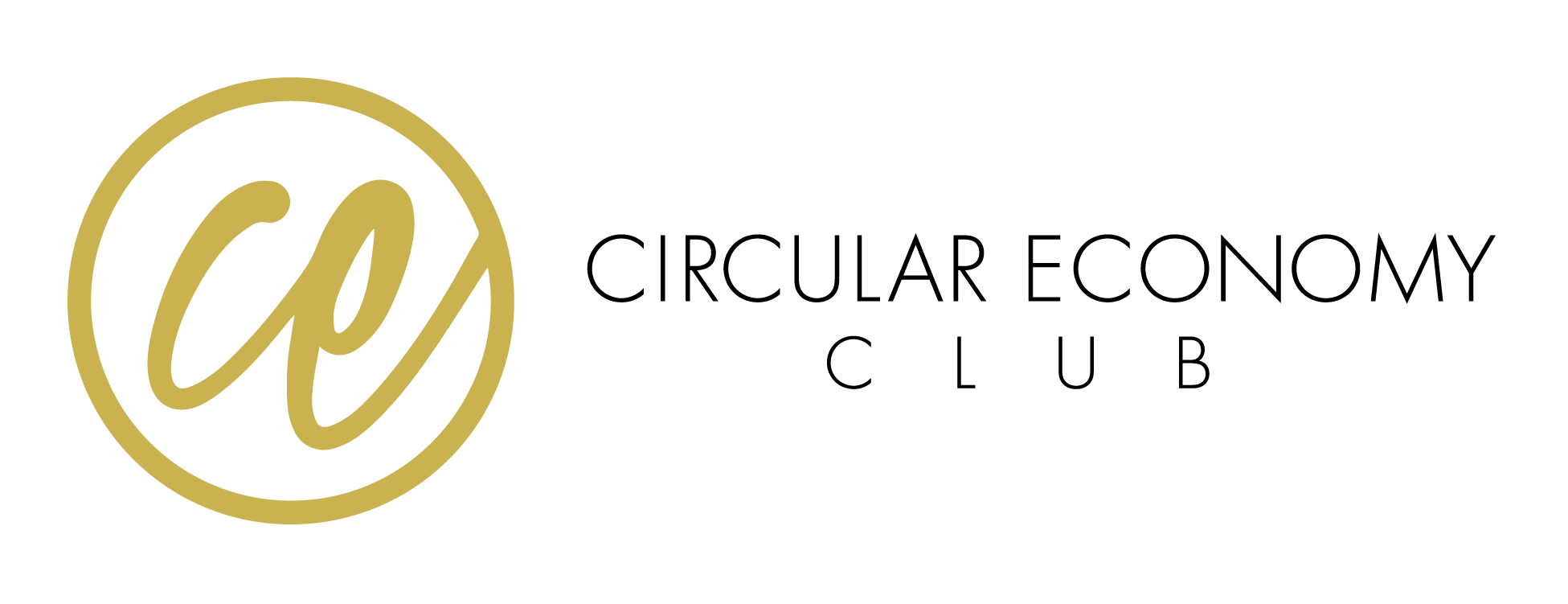-
The report ‘Intelligent Assets: Unlocking the Circular Economy‘ illustrates opportunities for innovation and creativity across a spectrum of industries and sectors: it looks at how we manufacture and use electronics and advanced equipment, how we create our energy infrastructure, how we build and transform our buildings, and how we produce food. It assesses how smart cities might evolve to become a focal point for the transitions to follow.
There are profit opportunities for companies to play for but perhaps more importantly, there’s an opportunity for society to redefine its relationship with resources.
This report is the product of Project MainStream, an initiative that leverages the convening power of the World Economic Forum, the circular economy innovation capabilities of the Ellen MacArthur Foundation, and the analytical capabilities of McKinsey & Company.
Intelligent assets are physical objects -machines, materials, etc- that are able to sense, record and communicate information about themselves and/or their surroundings. This definition incorporates ‘Internet of Things’ to objects but also includes assets that are not continuously transmitting information, and things that do not feature wireless communication.
“The Internet of Things and circular economy practices are mutually reinforcing – bundled together they present immense opportunities — for business and society at large — leading to systems that are resilient, decentralised, self-repairing and scalable without experiencing complexity problems. With objects becoming increasingly self-aware, the sharing platform of the future could have assets making themselves available for use in real-time. Enhanced tagging and tracking capabilities, such as insect-inspired swarm intelligence, present enormous economic opportunities to plug leaks and make use of materials previously considered to be waste.”Janine Benyus – Co-founder of the Biomimicry Institute.
With the rise of IoT solutions, variations can not only be minimized but also responded to. For instance, through real-time transmission of data regarding external factors (e.g. humidity or temperature) that impact the quality of a product in the manufacturing process, the product can be routed to a different stage of the process that is not adversely affected. Secondly, the manufacturer could use the information generated by the asset to further improve the product design. Finally, thanks to the ease of connecting people and things via mobile devices, the idea of sharing or leasing assets has become a significant economic opportunity for businesses and individuals across multiple sectors. A well-known example is Zipcar, which increases the utilization of cars.
As one of the world’s leading “smart cities”, Barcelona has implemented IoT technologies to improve its resource use. The city is, for instance, saving $58 million a year through connected water management, and $37 million from connected street-lighting solutions reducing costs by one-third.
For the full potential of these value opportunities to be realized, both private and public stakeholders must play an important role in addressing a number of technological, policy and business-related issues.
-
-

